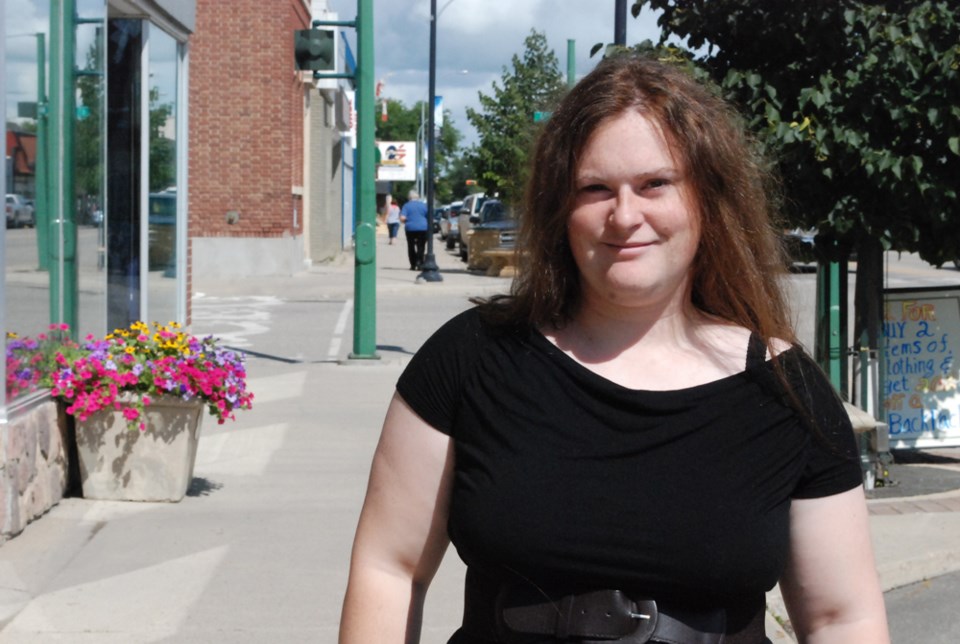I am happy to see so many councillors running for the election this time around. Eleven candidates for council and three for mayor is nothing to sneeze at.
However, I am discouraged by the fact that there are only two women among a 14 person race.
Same thing goes for the Rural Municipality election with only four men running and no women councillors.
This is not just an issue in Humboldt but worldwide.
According to the UN Women, only “22.8 per cent of all national parliamentarians were women as of June 2016.”
Rwanda has the largest representation of women in parliament with 63.8 per cent, Bolivia is next with 53.1, and then there are plenty of countries with around 30 per cent, including 14 in Sub-Saharan Africa and 11 in Latin America.
If I were to ask you the countries you would expect to have close to 50/50 representation, I know with me African countries would not be the first ones that I would think of.
Another interesting fact about these numbers is, “out of those 46 countries, 40 had applied some form of quotas.”
Discussing this with Christopher Lee, he took a very interesting take of this; “which is more impressive, the 40 countries who applied the quotas and got higher precentages or the six countries who didn’t and still had higher percentages?”
I do not think that extending quotas is a bad thing if it is done right. Quotas just offer more of a chance to look for women who would be suitable for the job. However, they do have to be suitable.
Talking about affirmative action with a friend he said that he did not want his 130 lb whisp of a wife hauling 300 lb men out of a burning building because the fire department needed to fill a quota of women.
That is not the case we are trying to accomplish with affirmative action plans. The person being hired has to be capable of doing the job.
What is impressive about the six countries without this kind of affirmative action is that the women stepped forward to do the job, successfully acquired the job, and a quota was not necessary.
My question becomes how do we get this everywhere?
Why are women either afraid to go into politics or not interested in running for some kind of office?
Again, discussing this with Christopher Lee, he cited such women currently in politics such as Kathleen Wynne, and stated I had to talk about the bad as well as the good women in politics.
This is not the point that I am trying to make.
I am not here to rate women in politics as good or bad or compare the quality of women in politics to their male counterparts.
Everyone will have a different opinion on who is or who is not a good politician.
The fact is we need women in politics. We need young people in politics. We need people of different religions in politics. We need people of different ethnicities in politics.
We need as many different voices as possible in politics.
The fact that women and men are split 50/50 in any population count means that women is one large group that is under represented.
Look at the history of political representation in Canada.
Women were allowed to become candidates in 1921 with five women running in the federal election during a time when most women did not have the right to vote.
Between 1921-1945, only five women were even elected to the House of Commons.
Speaking of Kathleen Wynne, she is only the 9th female premier of a province, with New Brunswick, Nova Scotia, Saskatchewan and Manitoba not even electing a female premier yet and the first one being voted in, in 1991 in British Columbia.
The first aboriginal man was voted into the House of Commons in 1968 with the first aboriginal women voted in, in 1988.
African Canadians did not have representation in the House of Commons until 1968.
So where did that leave us?
I hate to say it but that left us with one dominate voice, not to say the voice of white, rich men, are not important but we need other voices.
Variety is the spice of life and diversity is the heart of the Canadian identity.
Our political representation needs to reflect that or we leave a significant part of the population out of the conversation.




